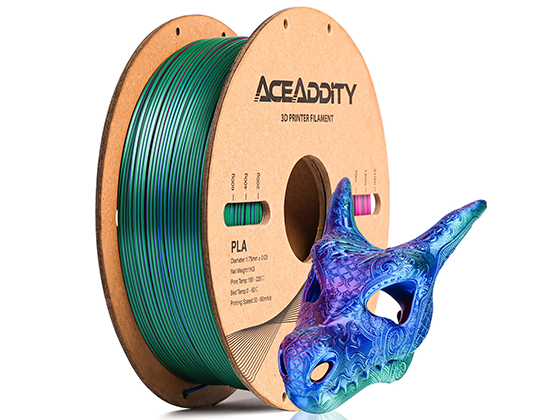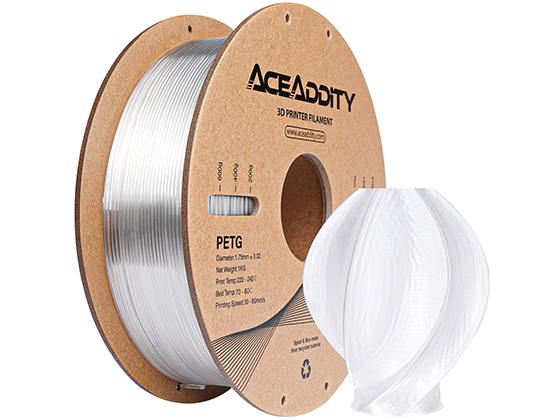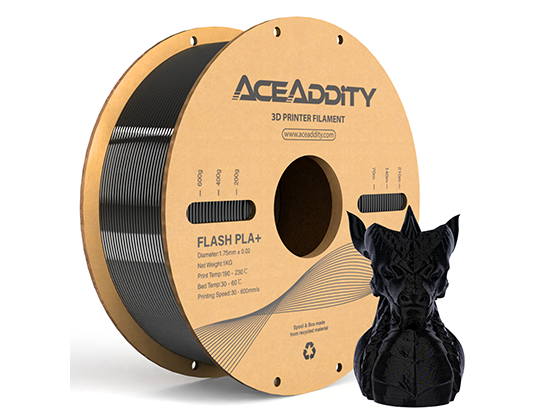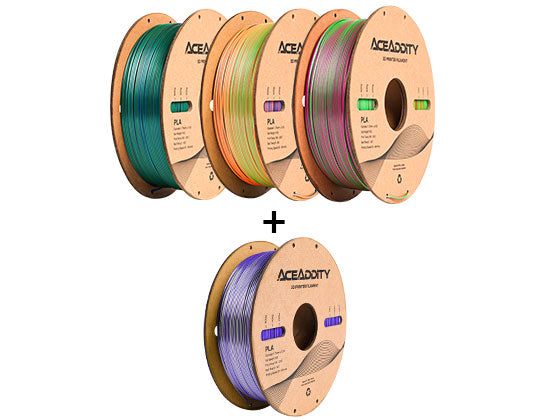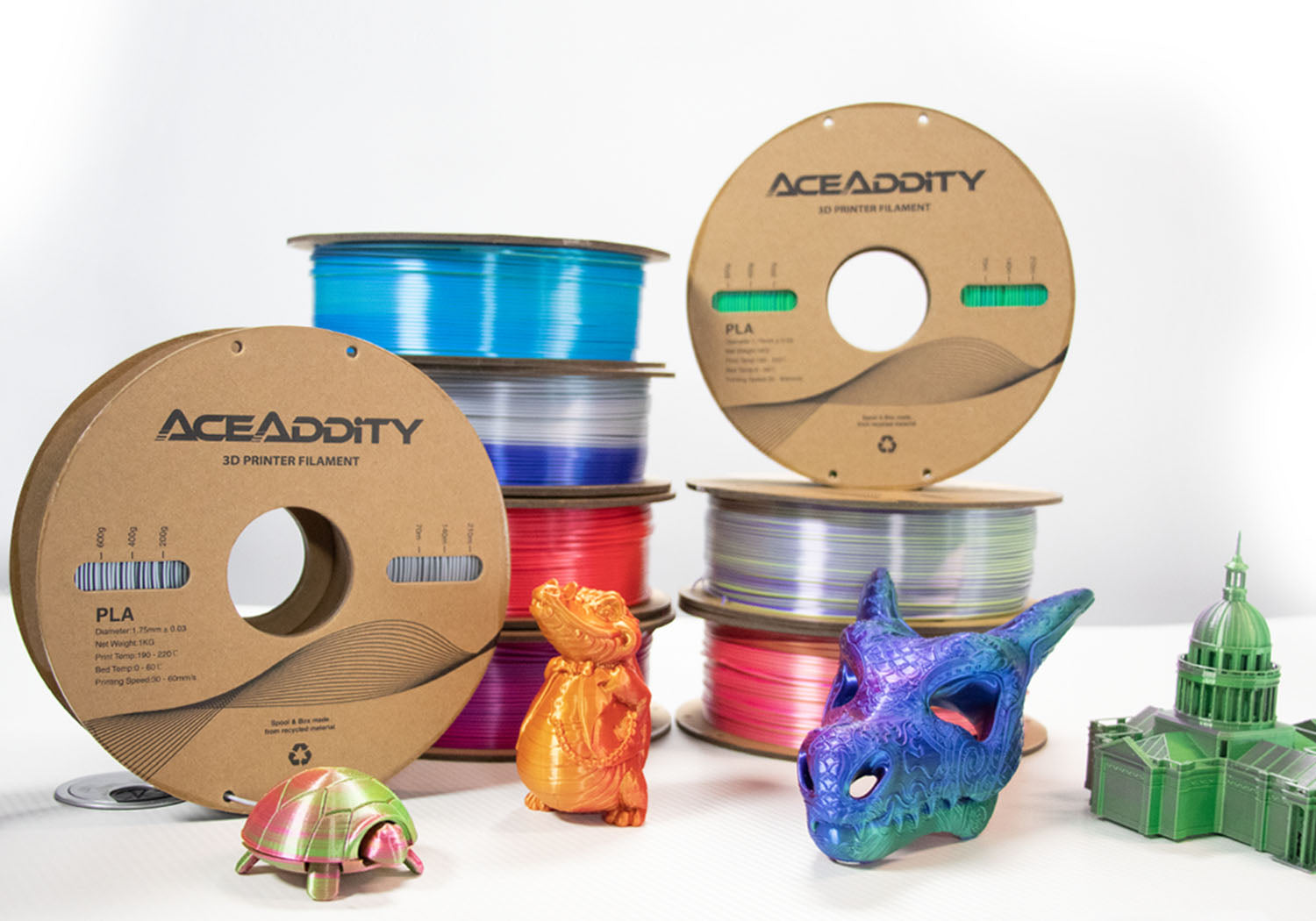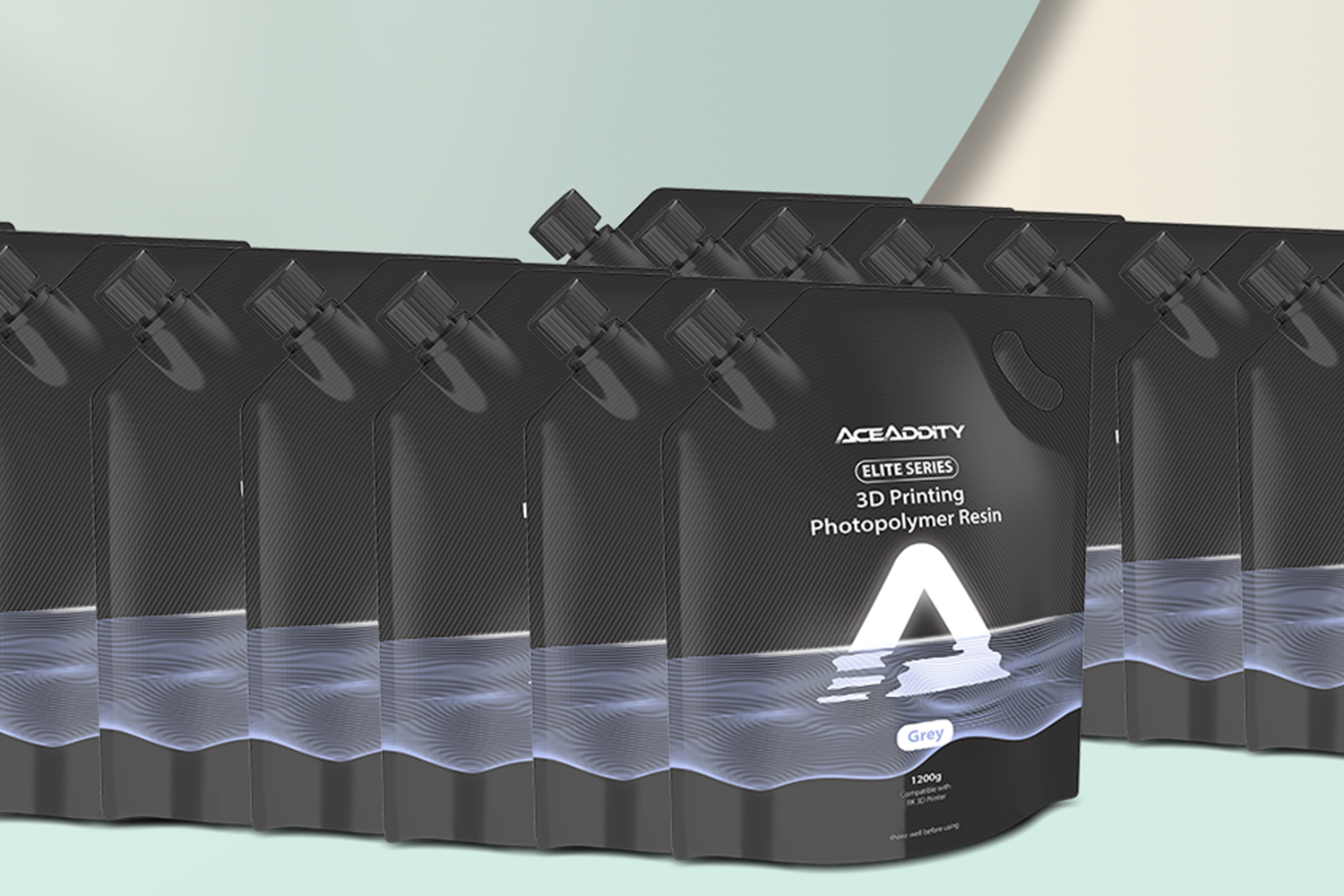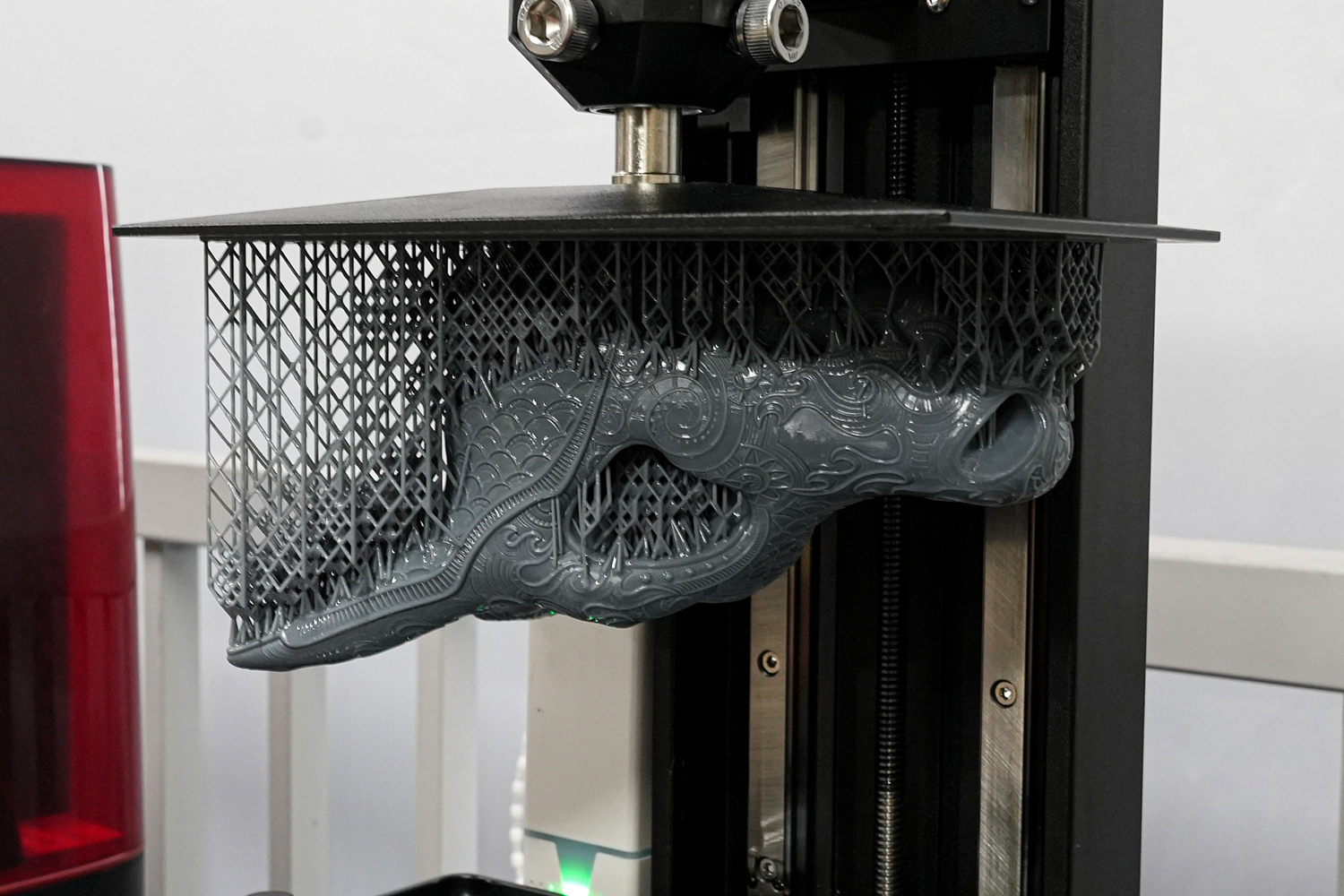One of the most widely used materials in 3D printing is PLA filament. PLA, or Polylactic Acid, is a biodegradable, renewable thermoplastic made from corn starch or sugarcane. In this guide, we will explore what PLA filament is, how it works, and provide a step-by-step guide on how to use it.
- What Is PLA Filament And How Does It Work?
PLA filament is a thermoplastic material used in 3D printing that is derived from cornstarch or sugarcane, making it eco-friendly and biodegradable. It is a popular choice for beginners in 3D printing due to its ease of use and affordability. PLA filaments have a glossy and smooth surface finish, making them ideal for creating decorative objects or prototypes.
Crafts with smooth surface printed in Aceaddity PLA filament:

The 3D printing process involves melting the filament material and depositing it layer by layer until the desired object is created. To achieve this, the PLA filament is loaded onto the 3D printer's spool and then fed through the extruder. The extruder heats up to the correct temperature, allowing the filament to melt as it is pushed through the nozzle. Once the desired amount of filament is extruded, the nozzle moves along the x, y, and z-axis to deposit the melted material layer by layer until the object is complete.
- Why Use PLA Filament?
1. Easy to Use:One of the main reasons why PLA filament is ideal for beginners is that it is easy to use. It requires no special storage, needs no fumes, and has low toxicity levels compared to other filaments.
2. Cost-Effective: PLA filament is also very affordable, which makes it a top choice for most 3D printing enthusiasts.
3. Eco-Friendly: PLA is biodegradable and made from renewable resources, making it an environmentally friendly material. PLA filament has a lower carbon footprint than traditional plastic filaments, reducing the environmental impact.
4. Versatility: PLA filament is available in a wide range of colors and is easy to print. These features make it perfect for creating artistic designs, toys, and models.
5. High-Quality Prints: PLA filament is known for producing high-quality prints with excellent surface finish and detail.
- Factors To Consider When Choosing PLA Filament
1. Filament Diameter: PLA filament comes in two main sizes - 1.75 mm and 2.85 mm. Ensure that you choose the correct filament diameter for your 3D printer.
2. Quality Search: for suppliers who offer high-quality PLA filaments with low tolerance rates, minimal warping, and consistent colors distribution. High-quality filaments produce high-quality prints.
3. Color Choices: Unlike most of the common monochrome filament selling by other brands, Aceaddity specially designs dual-color and tri-color filament in more complex techniques, allowing more intricate and colorful prints. Both filaments can produce stunning results and offer greater artistic possibilities in 3D printing with less filament changes.
- How To Use PLA Filament In 3D Printing
Before using PLA filament in 3D printing, you need to ensure that you have the right equipment and software. You'll need:
- A 3D printer (Here we highly recommend Elegoo Neptune 3 pro which is a perfect choice for beginners)
- Slicing software such as Elegoo Cura or Simplify3D
- A computer with USB connection
- PLA filament
- Step by Step Guide:
1. Prepare Your Printer Bed: Ensure your printer's bed is leveled and clean. You can use painter's tape, glue stick or hairspray on your printer bed to ensure the PLA filament sticks to it during the printing process.
2. Load the PLA Filament: Insert the end of the PLA filament into the extruder's feeder mechanism or through the filament guide until it reaches the extrusion head.
3. Heat The Printer: Once the filament is loaded, heat your 3D printer to the recommended temperature for PLA filament. Typically, temperatures range between 180-230 degrees Celsius. Note that different brands of PLA filament may require varying temperature settings, 210°C is recommended if you are using Aceaddity PLA filament.
4. Slicing Software: After heating the 3D printer, load your 3D model into the slicing software. Adjust the settings according to your desired output, such as print quality or layer thickness. Once done, generate the file that you'll use to print out your object.
5. Start Printing: With your printer heated and your file ready, place it into your 3D printer's USB port, select the model from the printer interface, click print, and sit back and watch as your object is printed layer by layer.
Conclusion
PLA filament is an eco-friendly and affordable material used in 3D printing. It's easy to use, produces high-quality prints with excellent surface finish and detail. When choosing a PLA filament, you should put factors like filament diameter, color choice and quality into consideration.
If you're looking for a cost-effective, eco-friendly, and beginner-friendly 3D printing material that produces high-quality prints, look no further than Aceaddity PLA filament. Our filaments are of fine quality, and we're committed to providing our customers with the best value for money. Why not give our filament a shot and start creating unique and intricate designs?


